
We are still anchored in Keçi Bükü, a bay at the head of the Gulf of Hisaronu. As it is early in the season, we are still the only cruising sailboat anchored in the bay. One other boat, a large motoryacht, is anchored a few hundred meters away from us. There are lots of sailboats tied up to the small quays on the southern side of the bay, but most are still being stored there for the winter and are unoccupied.
A few days ago, the wind finally eased and we took our dinghy to shore to check out what the area has to offer. There are small hotels and restaurants on the southern shore but none have opened for the season except for one restaurant. On the northwest side of the bay, near its mouth, is the upscale Marti Marina and Hotel. Two kilometers in from the southern shore is the little agricultural village of Orhaniye. It is set in the middle of a valley cut by two streams and surrounded by steep rock cliffs on three sides, and Keçi Bükü bay on the other side. As one climbs up the four kilometer long valley it narrows so that it is just a hundred meters wide at its narrowest, and only one kilometer wide where it comes down to the water. The air is filled with pollen from the flowers of orange, lemon and other fruit trees, and from fields thick with wild flowers and honeysuckle, and groves of pine trees below the cliffs.
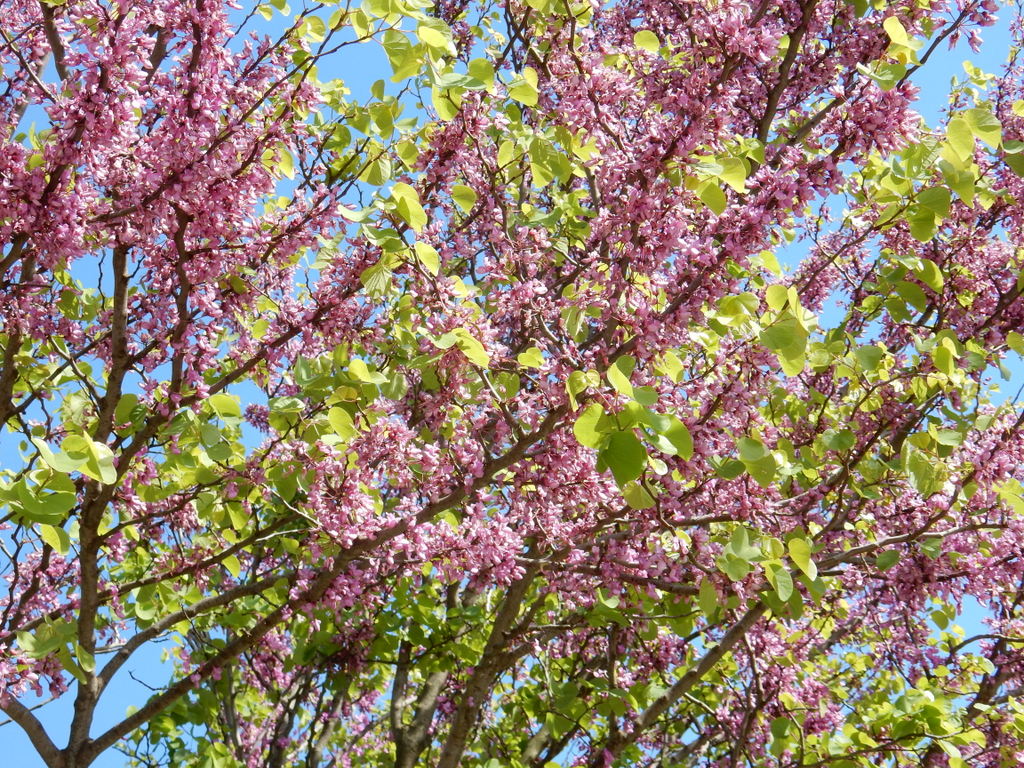
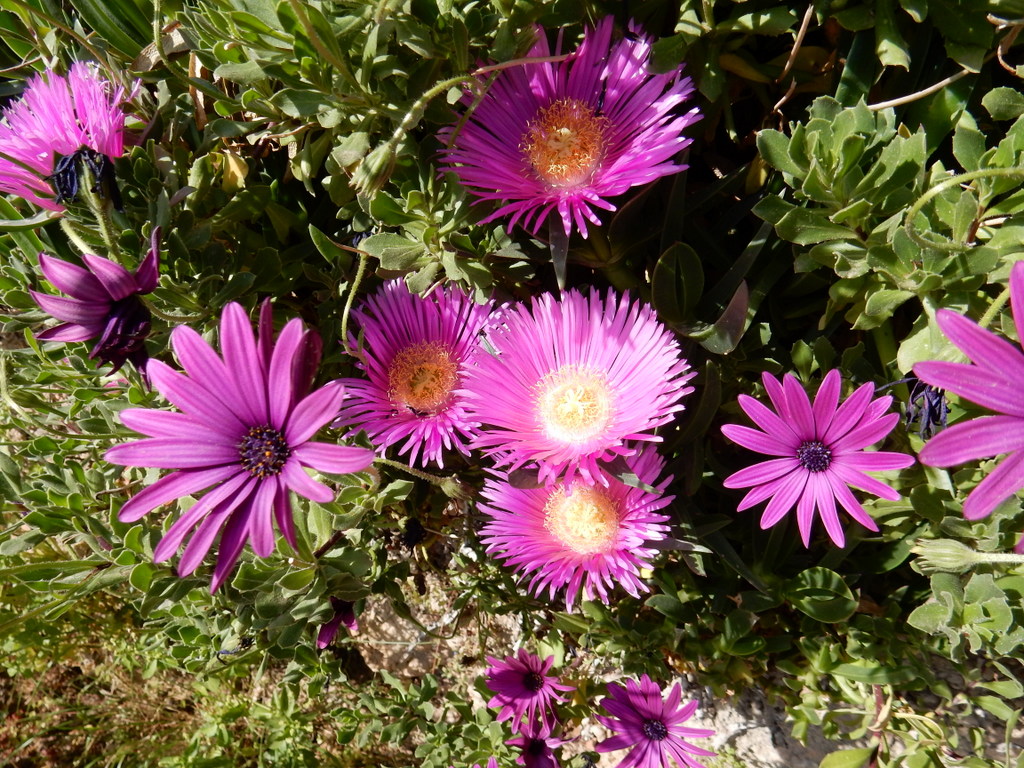
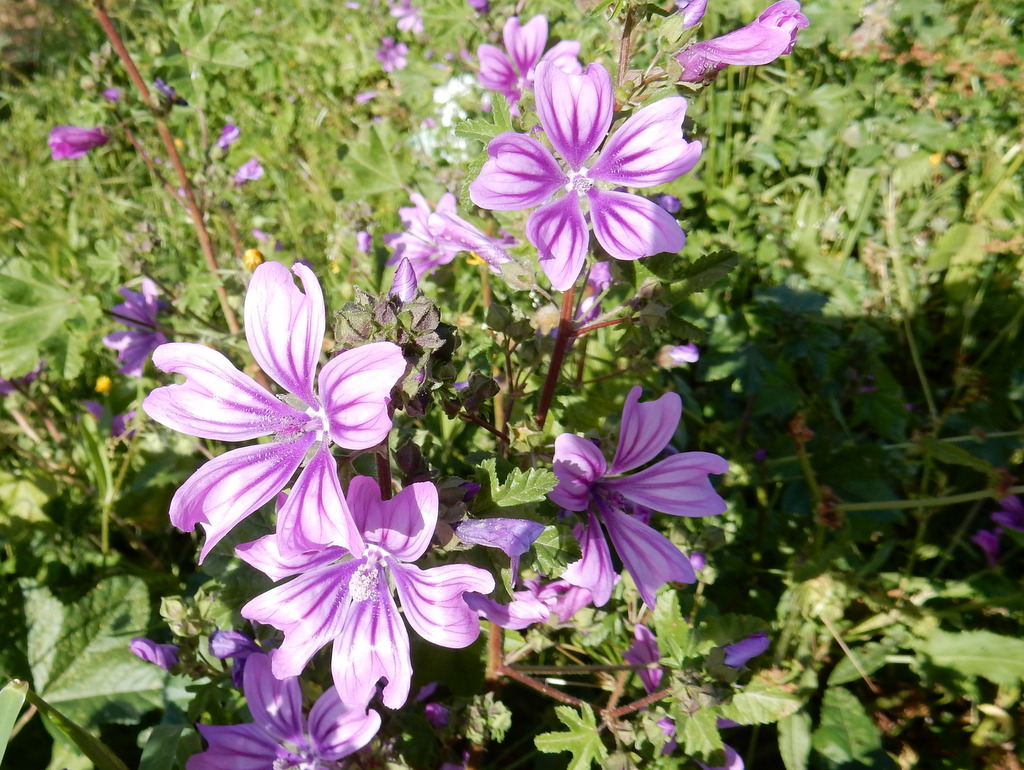
The bloom of flowers makes the air intensely sweet everywhere in the valley. The pollen is so thick that it even covers the boat with a substantial layer of fine pollen powder even though we are well out in the bay. Every day we wash off an accumulation of pollen from our solar panels in order to get the most energy from the sun. Last night it rained and in the morning the whole boat was streaked with red-orange pollen. It is not surprising that the main agricultural pursuit of the season is beekeeping. Every orange tree hums with the hundreds of bees gathering pollen from its flowers. Shake the tree even lightly and the hum turns into an angry drone. A walk in the wildflowers brings up little clouds of bees. These are domesticated bees, not wild bees, so the risk of bee bite is low. There are blue wooden boxes with bee hives everywhere. Not all of the bees make it back to the hive every night. When we take the dinghy back to our boat just before sunset in the evening chill (less than 60 degrees F), the bay is marred by bees doing a death dance on the water’s surface. Some of them fall onto the boat – twirling on the deck and unable to fly.
The valley consists of a series of small farms. Women in traditional loose fitting clothes and scarves work planting vegetable gardens and caring for already mature onions, lettuce, rocket and other early spring crops. Men pick oranges and lemons, work the hives, watch over goats and sheep, or till. Most of the homes are rough stone, all with electricity, and most with a motor scooter or car. There are a handful of very nice multistory polished stone homes overlooking the valley, some with a swimming pool, that are the country homes of urban families from Izmir and other cities. During one afternoon walk we met a young Turkish woman and her mother. The young woman is an electrical engineer and very hip, with a tattoo of Ataturk on her shoulder that proclaims her secularism, and spoke excellent English. She and her family are from Izmir and are building a country home in the valley. When we mentioned that we would love to buy some oranges, she said that she didn’t think there was any place to buy them at retail, but she would be happy to ask a farmer if we could buy some. As we passed a beautiful orchard, she said that its owner had the best oranges in the valley and she would ask him if we could get some. The owner was very friendly and immediately took out a ladder and climbed one of his trees to gather some fresh oranges for us… as many as we wanted. Since we had to carry them back to the boat we limited ourselves to about 5 kilos of oranges and several huge lemons. He charged us 5 lira (about two dollars). One other day, a different farmer sold us juice oranges and his wife took us into their extensive garden and cut three heads of leaf lettuce and a bag of rocket for us to buy. On another walk, a man invited us in for coffee where we met his two children and talked about the Orhaniye valley. He told us that he and his uncle had just gathered 20 kilograms of the “best†honey from their hives, and how many kilos would we want to buy…five? He was surprised that one kilo was all we wished to buy. Not only do Turks soak baklava and other dessert dishes in honey, some take a tablespoon of honey morning and night to aid digestion. He pulled some lettuce and a large onion from his garden as a parting gift. Today, at the only little store in the valley, we sat outside and drank cherry juice with the proprietor. Two days before his wife sold us a large chicken just off the rotisserie, and we ordered another for tomorrow – plus some organic farm eggs.
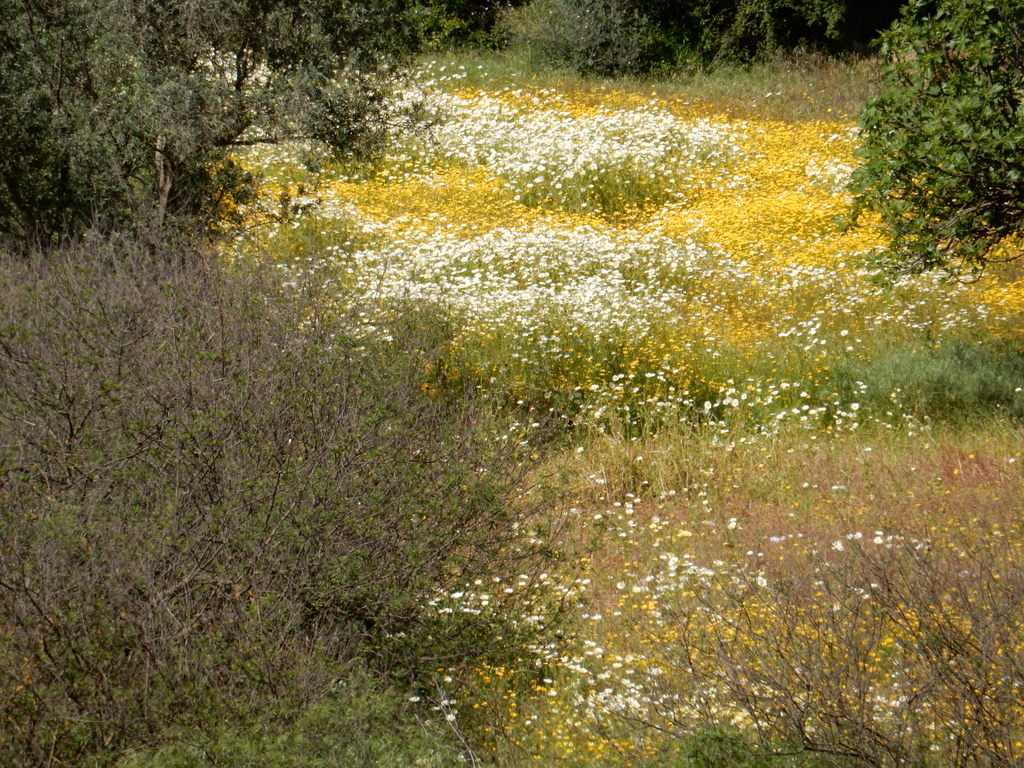
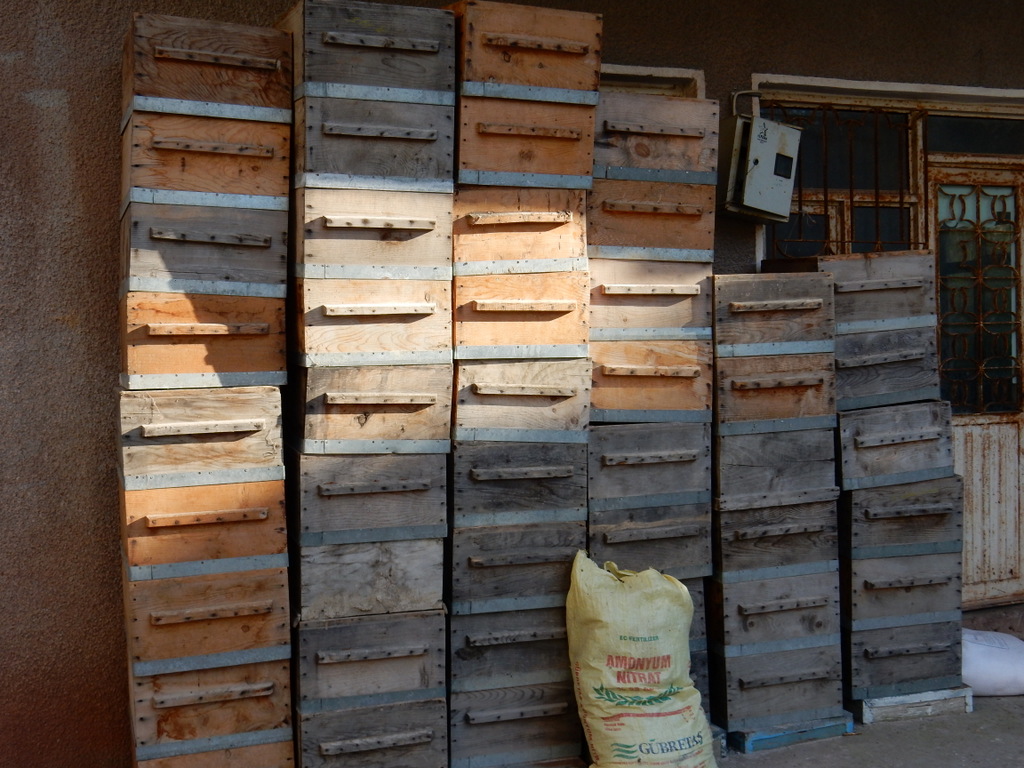
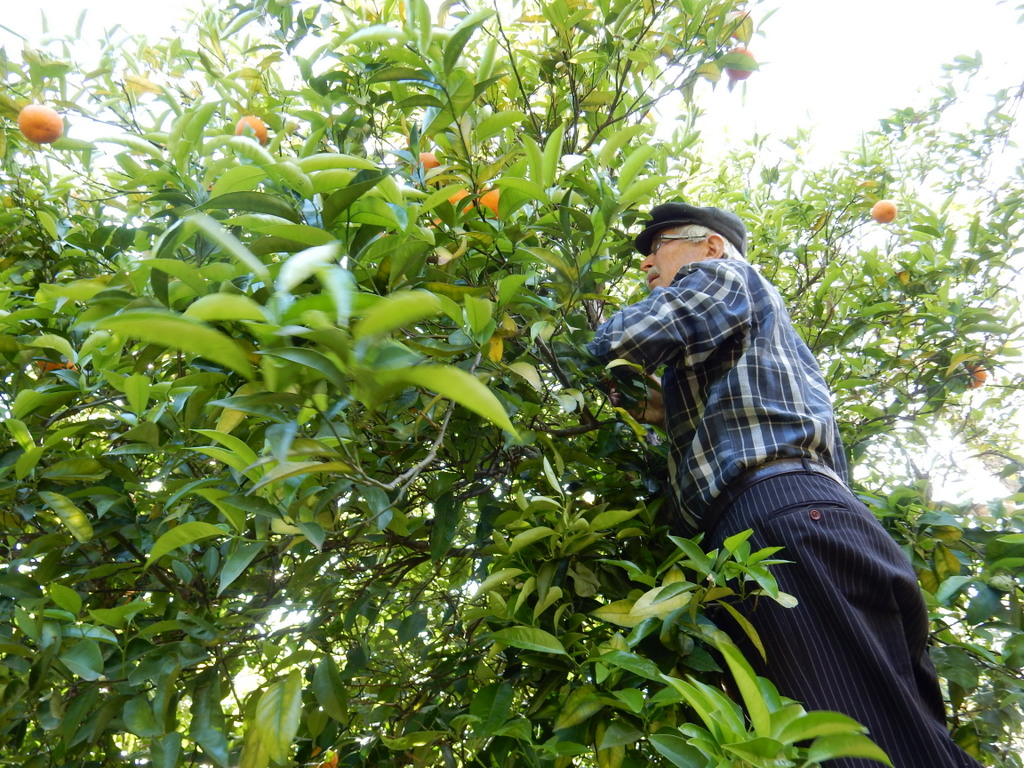
Tomorrow the wind switches to the southeast again so it is time to head north. We will head for Mersincik and anchor for the night, and the next day continue north again. We have enjoyed our stay in the anchorage at Keçi Bükü, our walks through the valley of Orhaniye, and the new friends that we have made. This is certainly among our favorite places in the Med.
M.


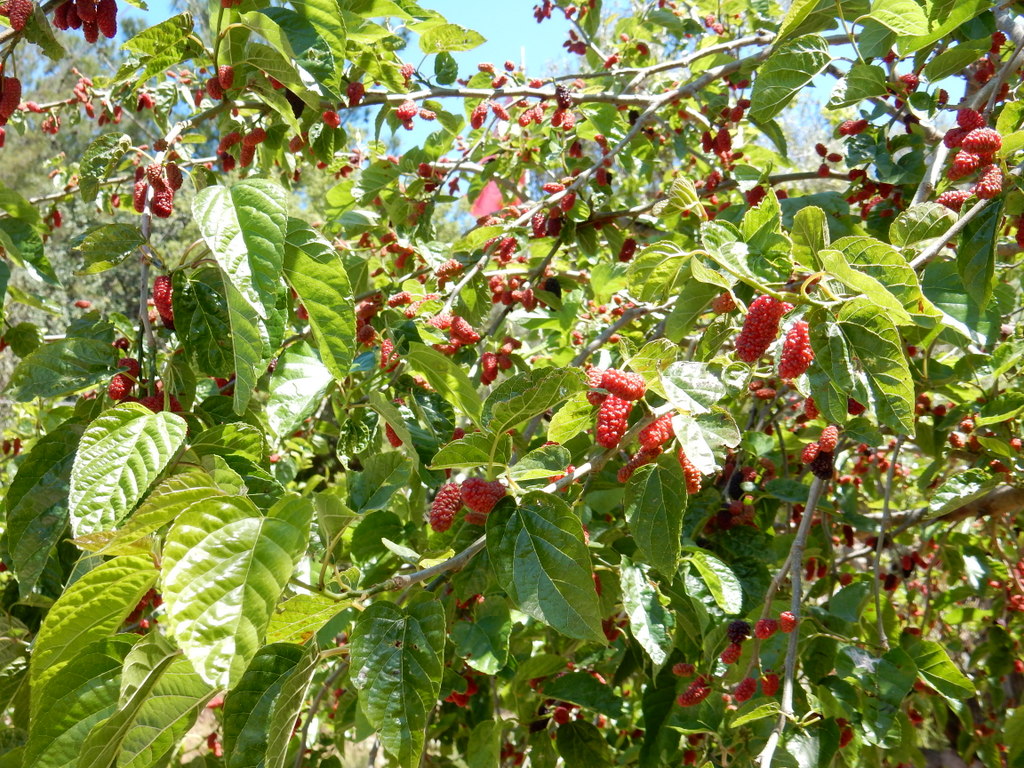
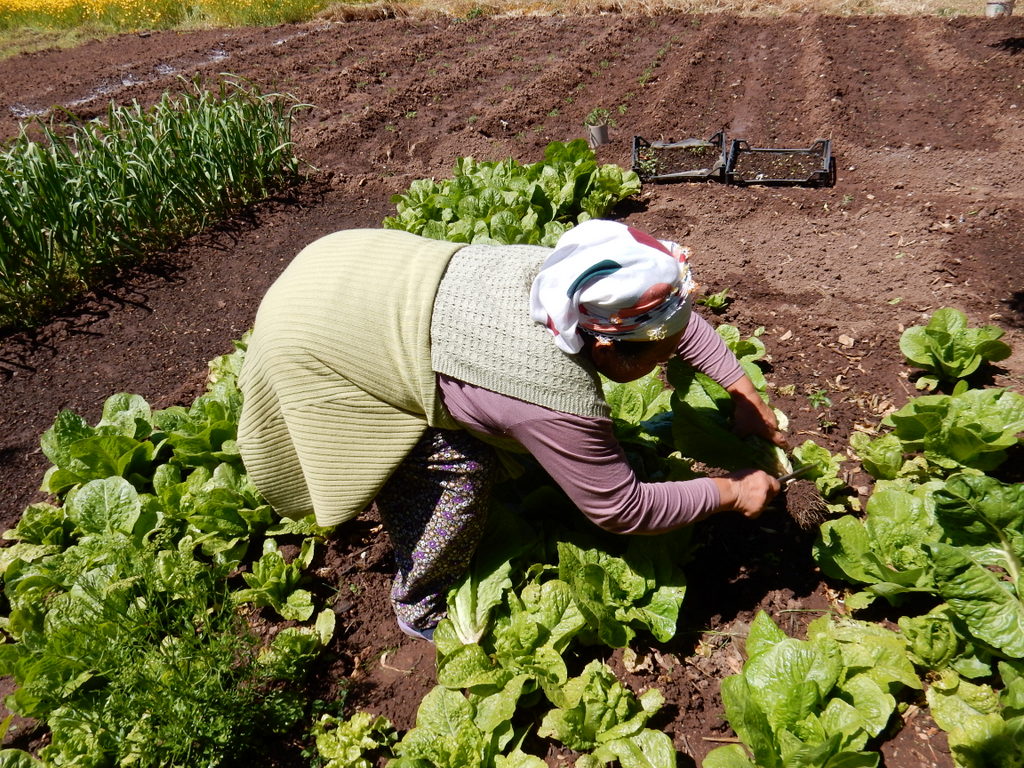
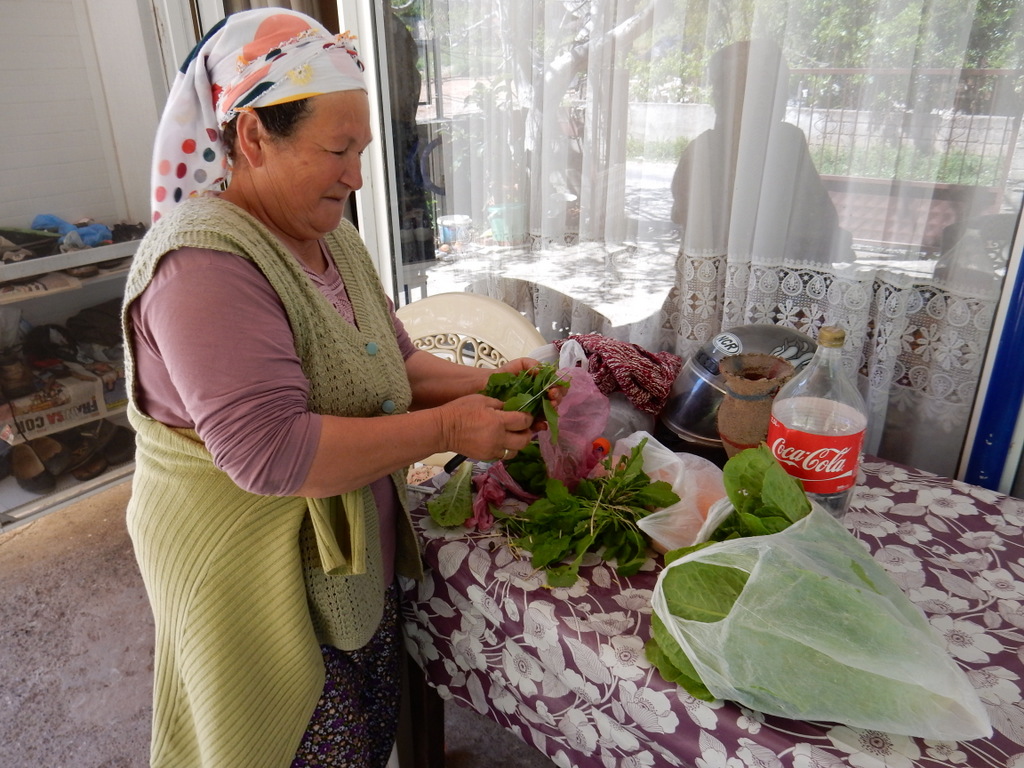

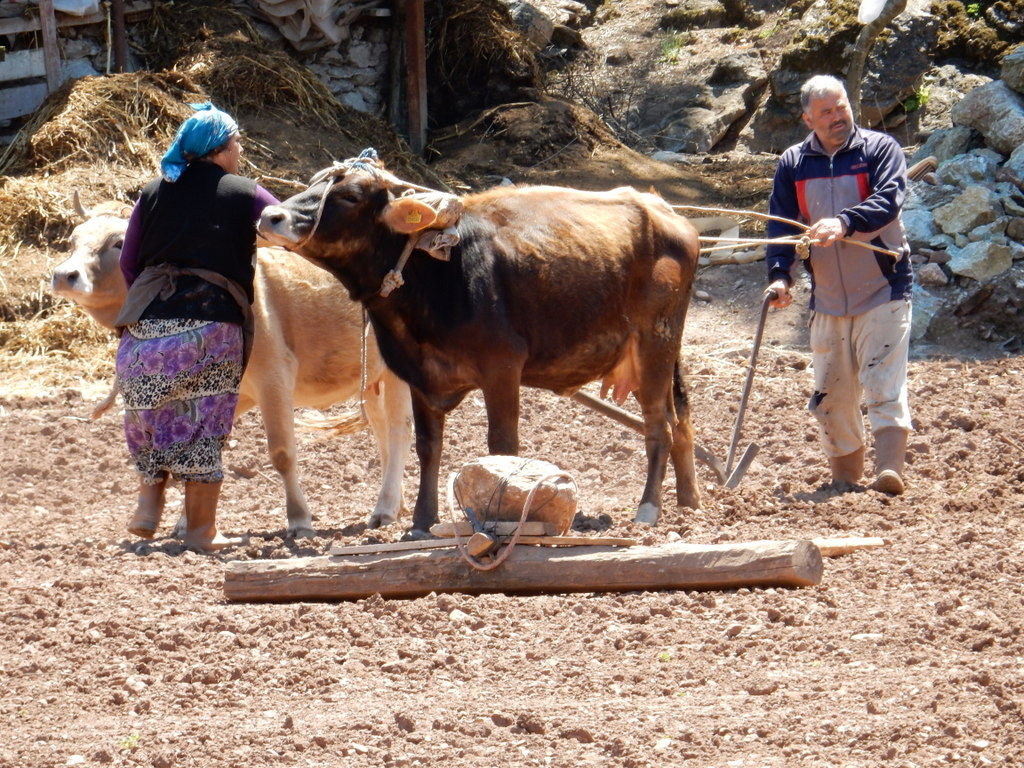



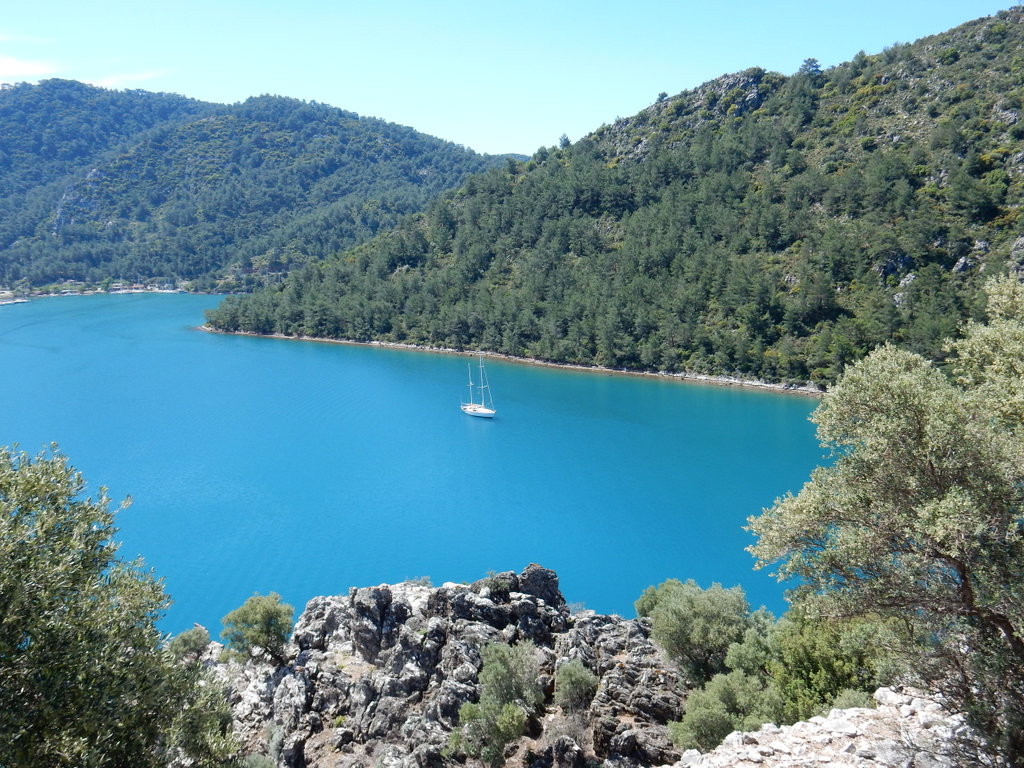
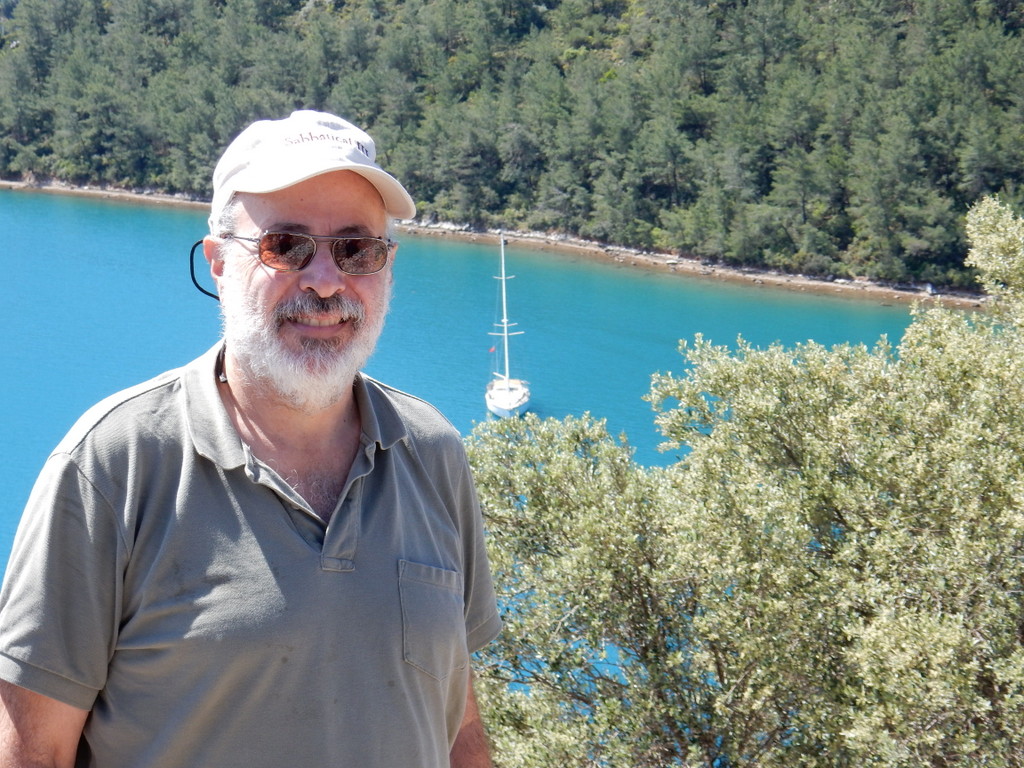
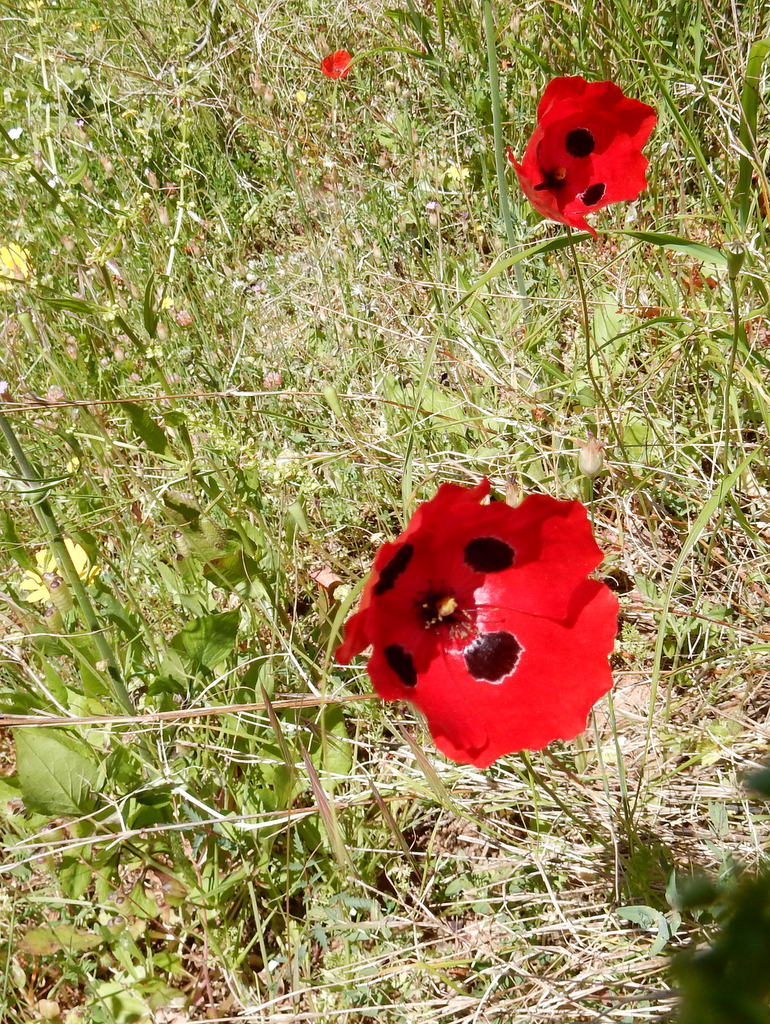

Comments are closed.